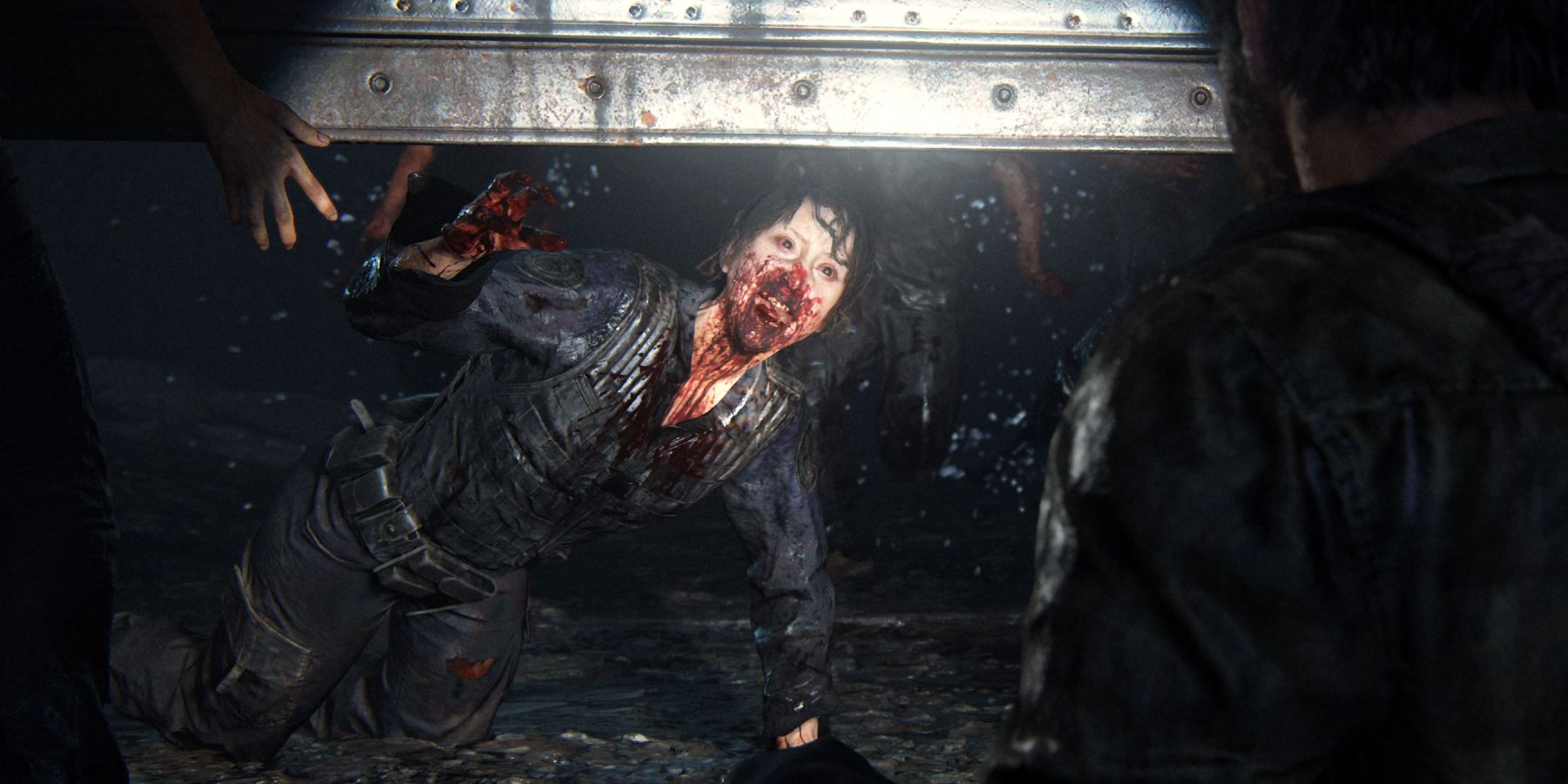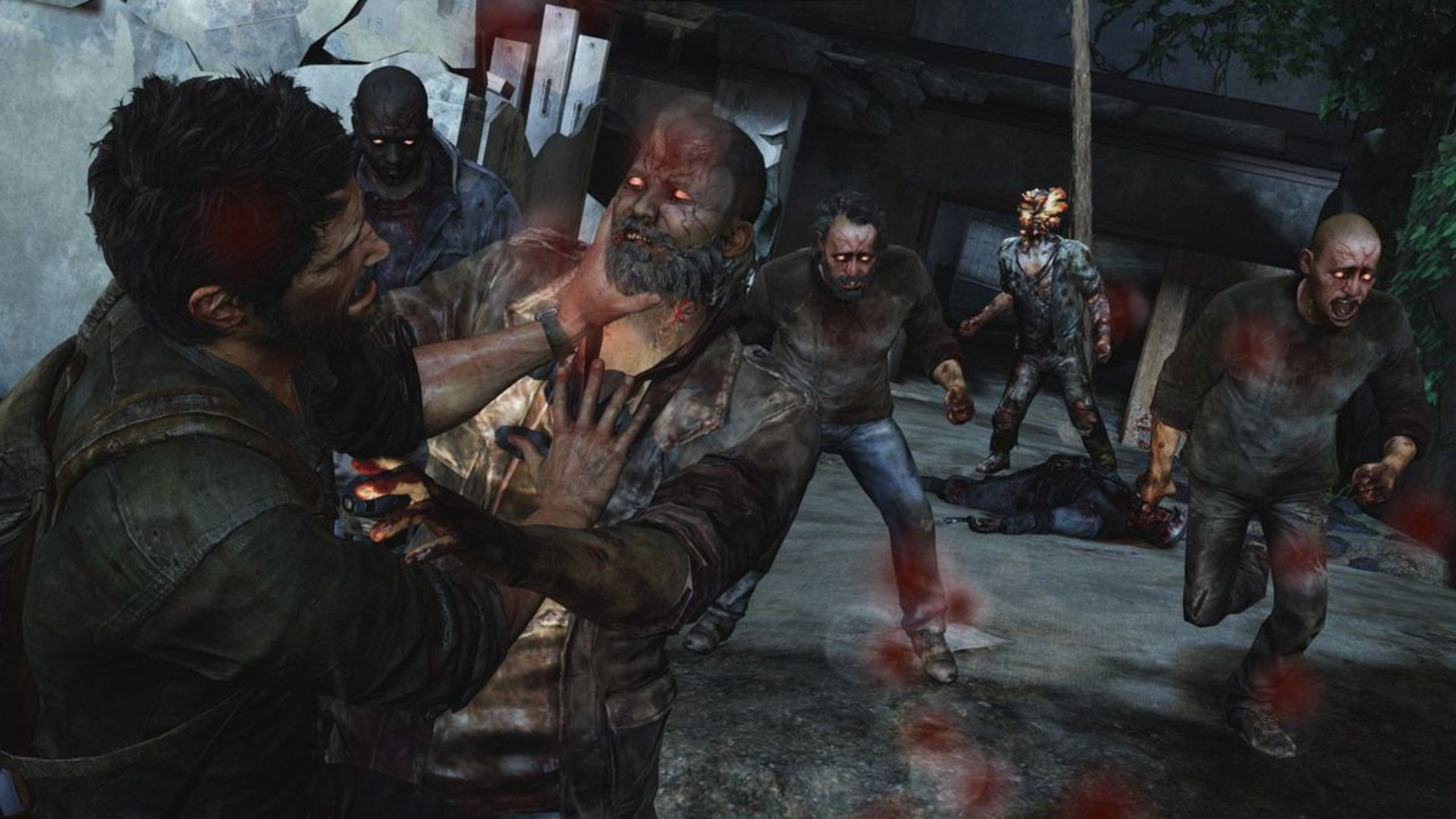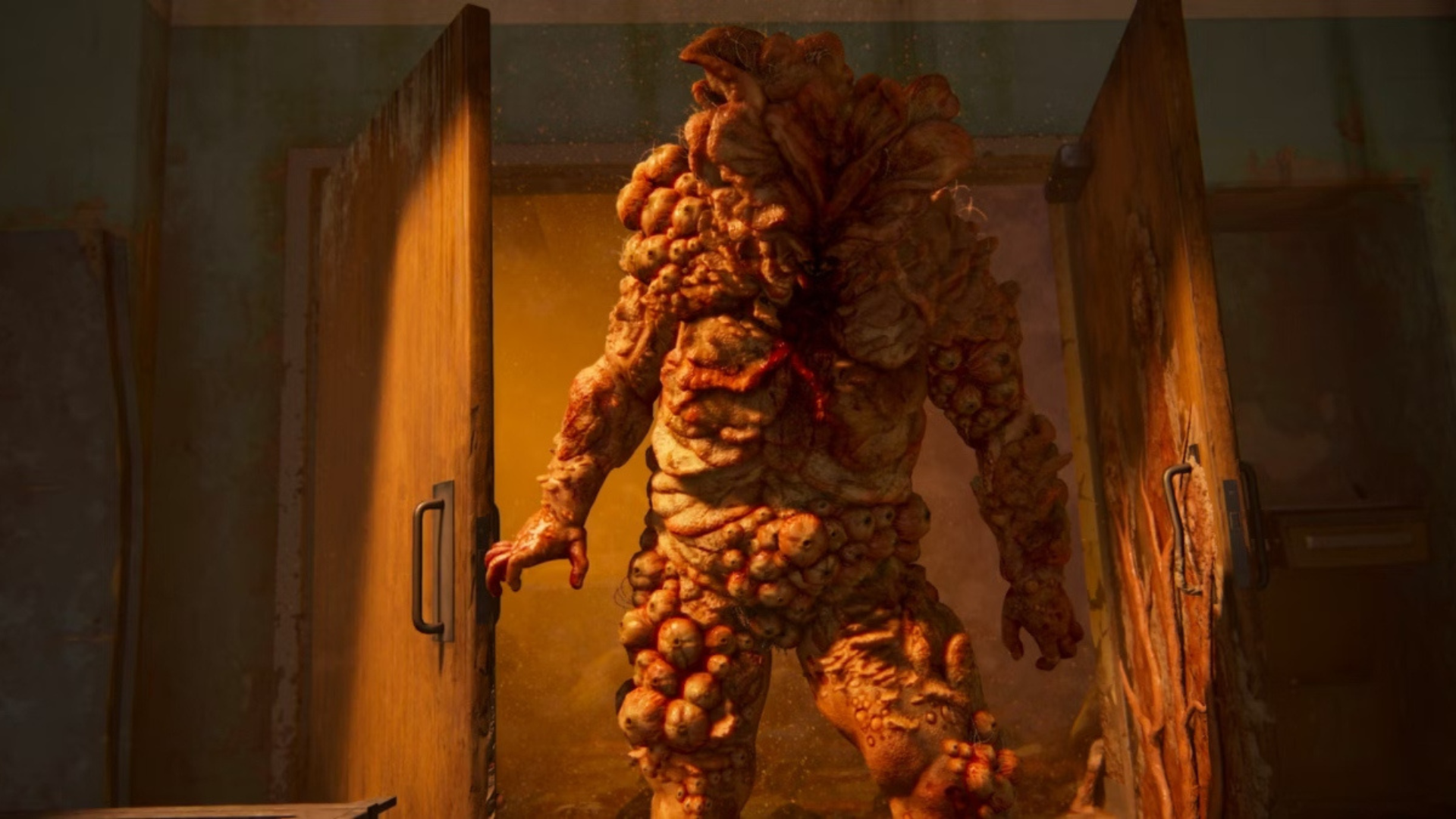Besides the fact that the pilot for HBO’s The Last of Us was remarkably faithful to the game’s opening, the rest of the season made some fairly substantive departures from the source material. Bill and Frank’s isolated story was brilliantly told in HBO’s show, for example, but it was hardly recognizable as the same characters or dynamic that was portrayed in the game. Likewise, the show made The Last of Us’ infected hordes part of a hive mind that ultimately served little purpose in the narrative.
The most egregious and baffling change, however, was that the infected were teased to bear a distinctively horrific change with “tendrils” being described in the absence of The Last of Us’ spores. It was never perfectly clear what “tendrils” would offer as a substitution for spores, but fans were quick to address The Last of Us’ early development concept art depicted enemies who spawned from fungal growths, which featured tendrils that could stab passersby and infect them that way. This concept never made it to HBO’s The Last of Us, but that doesn’t mean Naughty Dog should keep it shelved in the future.
HBO’s The Last of Us Has an Infected Hive Mind
The Last of Us’ HBO show made it so that the infected were all interconnected through a hive-mind premise. This was introduced as a brand-new change to the infected in the show’s second episode, where Joel, Tess, and Ellie needed to be mindful of where they were stepping because touching the fungi would alert all infected creatures nearby.
Having the infected be a hive mind could have been interesting, but it’s underplayed severely and the repercussions of such a change are insignificant to the story as a whole. Joel stepping on fungi in the state house causes the swarm of infected to come flooding in, for example, but Tess was fated to die there either way. It seems like large enough of a change made to how the infected behave to have it matter so little through HBO’s show, and it’s never truly an important detail thereafter.
The Last of Us’ game franchise has never implied that the infected have hive-mind tendencies, but it could maybe be possible for a Part 3 or the multiplayer spin-off to introduce that concept. This would err toward Days Gone's own turf, though, and is likely not an option that would bode well for The Last of Us' stealth-oriented sequences. Rather, the concept of tendrils is a much more pressing matter that could easily be rectified in future gameplay designs.
The Last of Us’ ‘Tendrils’ Failed to Meet Expectations
Unfortunately, The Last of Us’ tendrils amounted to only hairy follicles sprouting from infected peoples’ mouths. The Last of Us’ games use spores as a great way of informing the player that they are entering into an area that could be full of infected enemies, for example, and the way tendrils are employed in the HBO show has no effect on that whatsoever.
Of course, characters are unable to become infected by simply breathing in spores in the show. But if the concept of tendrils was ever going to make its way to the games, it would be paramount that the old development idea supplants HBO’s concept. Having enemies with two halves of their bodies poorly connected by an uprooted spine or entrails clinging to both ends would be macabre in The Last of Us, and having tendrils slithering out from a fungal growth to stab the player would be terrifying.
Like a hive mind, it wouldn’t be impossible to believe that a part of the world does not have spores for some reason. But tendrils would need to be given a much more impactful and prominent role than they were in HBO’s show.
The Last of Us’ multiplayer spin-off is currently in development.



